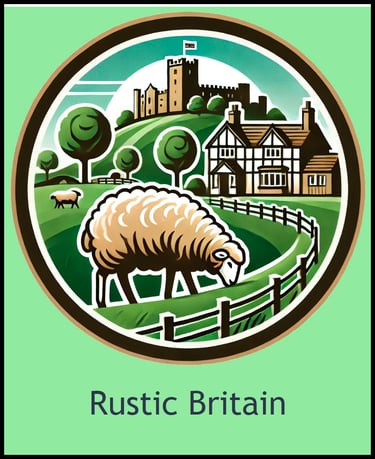Escaping the Crowds: Vacationing in Europe with Purpose
The surge in overtourism is a wake-up call for all of us. It’s not just about protecting destinations—it’s about enhancing our own experiences. By choosing off-the-beaten-path locations, respecting local cultures, and embracing slower travel, we can rediscover the true essence of adventure.
Terry Golesworthy
2/2/20256 min read
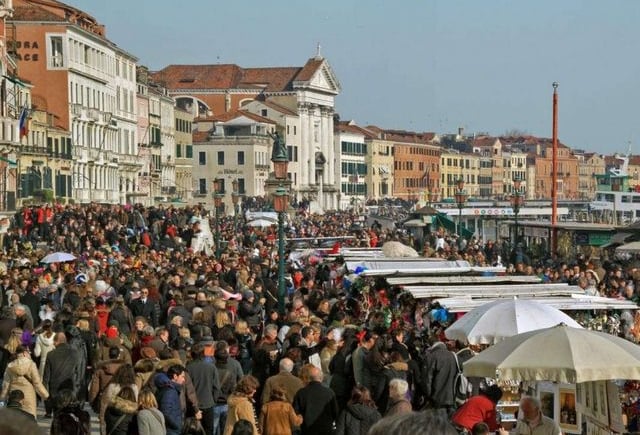

Escaping the Crowds: Vacationing in Europe with Purpose
Europe has always been a favorite destination for travelers. Who wouldn’t be drawn to its stunning architecture, rich history, and world-class cuisine? Yet, the dream of a European vacation can sometimes feel more like a nightmare. Overtourism—clearly the buzzword for 2025—has taken a toll on iconic cities like Venice, Barcelona, and Santorini, where destinations are overwhelmed by the sheer number of visitors. The strain on these places is real, leading to overcrowding, rising tensions with locals, and inflated prices.
Recent articles about over tourism have appeared in The New York Times, Forbes, and The Guardian, but these are just examples. Expect many, many more as we drift toward the peak tourism season.
For me, the magic of travel isn’t found in waiting hours in a queue or jostling with thousands of tourists for a glimpse of a landmark. It's about genuine connections, slow moments, and authentic experiences—things increasingly hard to find in Europe's most visited destinations.
The Harsh Realities of Over tourism
Over tourism doesn’t just wear down infrastructure; it disrupts lives. Many of us have seen or experienced these challenges firsthand:
Venice, Italy: The city’s canals and piazzas are undeniably beautiful, but the constant crush of day-trippers has pushed locals to their limits. Authorities have introduced daily visitor fees, and some residents have resorted to pouring water on tourists sitting or lounging where they shouldn’t.
Barcelona, Spain: Locals here have taken to graffiti and protests, pleading with tourists to "go home." Short-term rentals are restricted, and tourism taxes have been introduced to reclaim some semblance of balance.
Santorini, Greece: This island paradise limits cruise ship arrivals to 8,000 visitors per day. It’s a step to curb the strain on infrastructure, but the frustration of residents is palpable when visitors treat Santorini as little more than a photo backdrop.
Dubrovnik, Croatia: Catapulted into fame by Game of Thrones, Dubrovnik's walled city has introduced caps on daily visitors and steep entry fees to protect its UNESCO status.
Amsterdam: launched a new campaign labeled “Stay Away”, albeit this was targeted initially at hard partying groups on stag and hen (Bachelor/Bachelorette ) parties.
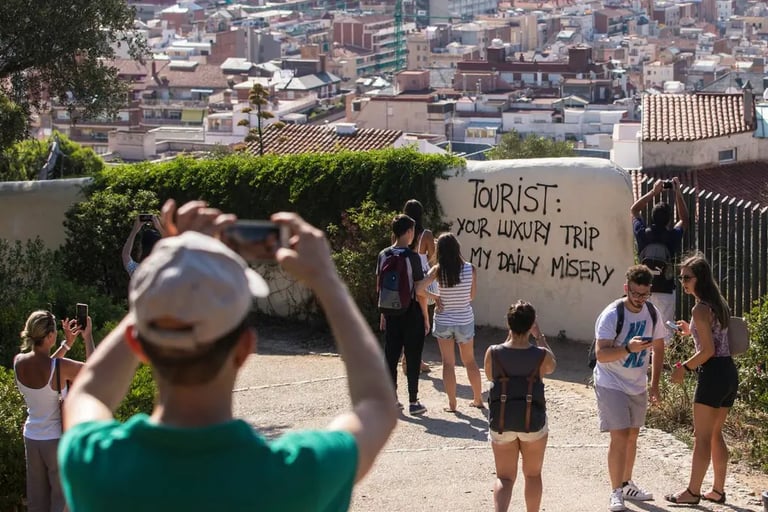

Then there’s Spain and Portugal, which saw a staggering 20% and 25% jump in tourism respectively in 2024. For Spain with a population of less than 50 million, this translated to 90 million visitors in 2024. While this boom boosts the economy, it has left popular spots strained to their limits, with overcrowded attractions and a rise in tensions between locals and tourists.
The Impact on You, the Traveler
What happens when destinations struggle with over tourism? The traveler’s experience suffers. Here’s what I’ve noticed:
Overcrowded Attractions: Picture yourself elbow-to-elbow in line at the Sagrada Família, waiting hours just to shuffle through in a sea of humanity. It’s hard to feel the magic in moments like these.
Inflated Costs: Hotels, meals, and even taxis cost more in hotspots, turning a planned getaway into a budget-breaking ordeal.
Tourist Menus and Lackluster Food: Nothing kills the romance of dining abroad like being handed a laminated menu filled with photos of bland, overpriced "local specialties" designed for tourists.
Tour Bus Overload: I’ve been to beautiful spots that suddenly feel suffocated by flag-waving tour guides leading dozens of busloads of visitors.
Lack of Authenticity: Staying in a chain hotel with fellow travelers feels more like being in a theme park version of Europe—complete with English-speaking staff and menus tailored to perceived foreign tastes.
Seeking Authenticity in Rural Retreats
It doesn’t have to be this way. Sure, the Eiffel Tower and the Colosseum are must-sees, but there’s so much more to Europe than its headline attractions. We are in the age of the Instagram moment where an image of standing in front of one of the world’s iconic destinations is a must but is the image worth more than the experience. More cities and regions are now positioning themselves as “destination dupes” , a term popularized by Travel firm Expedia.
The Welsh Marches, United Kingdom
This historic borderland between England and Wales is one of my favorite places. Market towns like Ludlow are perfect bases for exploring the countryside, complete with medieval castles, rolling hills, and traditional English and Welsh pubs. We’re very much looking forward to our next trip this spring to stay with our friends Avril and Ian Broom at their cozy Broomer's Barn. I can’t wait for long walks in the Shropshire Hills, an Area of Outstanding Natural Beauty, followed by hearty meals and connecting with the land and the people.
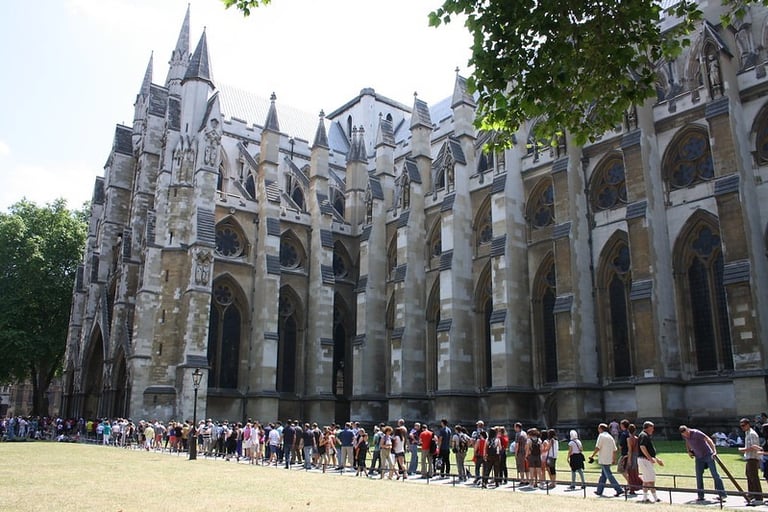

Embracing the Slow Travel Movement
The surge in overtourism is a wake-up call for all of us. It’s not just about protecting destinations—it’s about enhancing our own experiences. By choosing off-the-beaten-path locations, respecting local cultures, and embracing slower travel, we can rediscover the true essence of adventure.
Europe’s charm isn’t found only in iconic landmarks. In fact, these places may be the last place to find local charm. It’s in quiet villages, bustling local markets, and the conversations you have over a home-cooked meal. So, leave the tourist menus behind. Pack your curiosity and a willingness to explore the roads less traveled.
Because travel isn’t just about seeing the world—it’s about truly experiencing it.
Tips for Responsible Travel
Support Local Economies: Choose accommodations run by local people, dine in family-owned and run restaurants, and buy only handcrafted souvenirs.
Travel Off-Season: Avoid peak tourist seasons to help ease the strain on popular destinations and enjoy a more relaxed experience.
Use Public Transport: Europe has excellent public transport, don’t be afraid to hop on a bus or catch a train. This can be an inexpensive and relaxing way to explore the countryside.
Engage with Locals: Don’t be afraid to strike up conversations. When you move “off the beaten track,” people are happy to see you, to welcome you, and these interactions can lead to some of your most memorable moments.
Respect the Environment: Leave no trace, stick to marked trails, and be mindful of water and energy use, especially in rural areas.
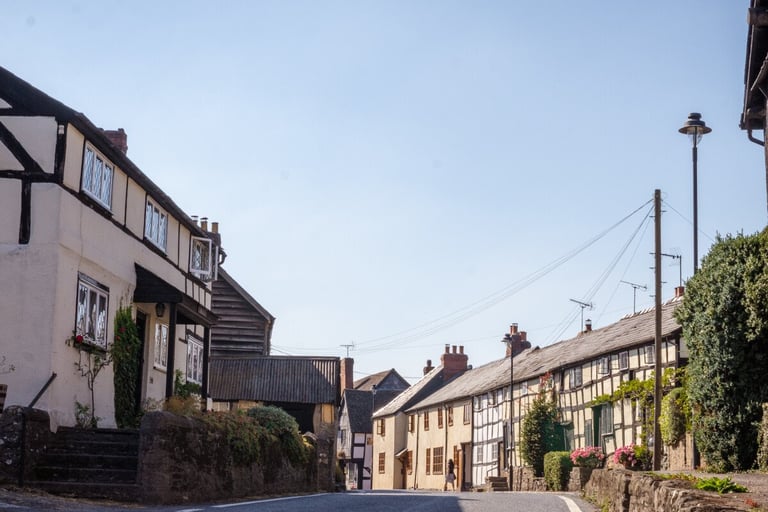

The Alpujarras, Spain
Nestled in the Sierra Nevada foothills, these whitewashed villages are peaceful and full of charm. Walking trails connect villages like Pampaneira and Capileira, and the locals are incredibly welcoming. When in southern Europe, not just Spain, one experience I always savor is, after a hike or bike ride is to sit down for a three-hour dinner, free from the pressure of hurried service, the bill presented all too soon, and pressure from the server to “turn the table.”
Provence, France
There are plenty of off-the-beaten-track corners of Provence, which can be a sensory feast, offering a quieter, more intimate experience of this celebrated region. Beyond the touristy hubs like Avignon, Aix-en-Provence, or the countless “Beaux Villages de France” are hidden gems that reveal a world where time slows down, and nature and culture intertwine. When in France, one of our favorite things to do is visit a local market to pick up some delicious soft cheeses, a fresh baguette, and a bottle of local wine to enjoy a picnic by the water. Simple, slow, and perfect.
The Badlands of Andalucía, Spain
This arid, dramatic landscape feels like another world. My wife Ann and I spent time in the small village of Castilléjar, staying at Casa Don Eliseo. Our hosts, Aurelie and Ben, were extraordinary, serving meals made from locally grown ingredients and guiding us on a hike through the Badlands pointing out geological and botanical landmarks . They were happy to host, and that was clear to see. It was antithetical to overtourism.
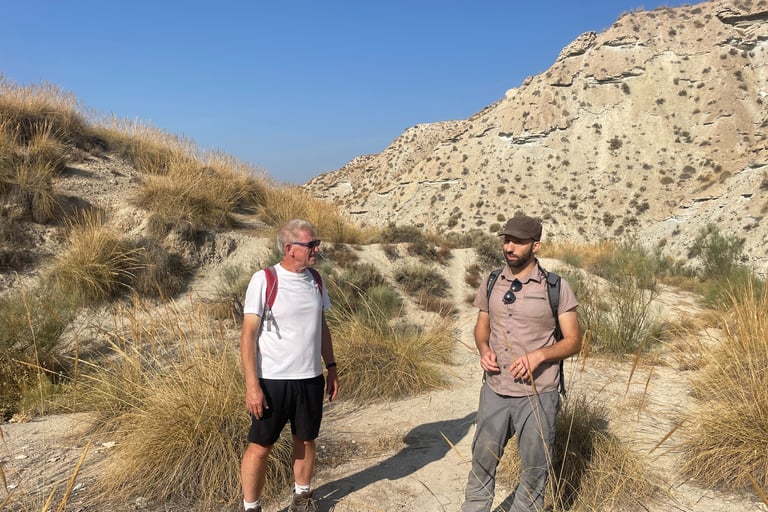

Credit to Visit Herefordshire and photographer: © Dan Chubb
Photo: Venice in Chaos by Stefano Accorsi
Queue to enter Westminster Abbey - Photo by Amy Bradley
CasaDon Eliseo host Benjamin (right) in the badlands around the village of Castilléjar in the heart of the Granada Geopark
reach us on Social Media
JOIN OUR LIST
info@rusticbritain.com
(978) 412-0019
© 2025. All rights reserved.
